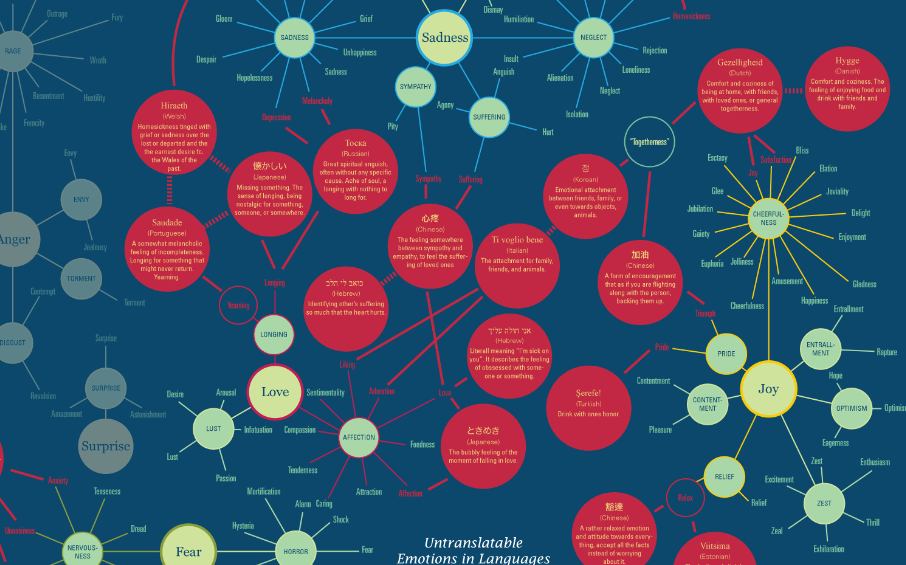
© Diane Cramer | Dreamstime Stock Photos
Cross-Cultural Adaptation has become a hot topic in this global business world. From the Internet, Skype and overseas travel, it is important to be able to adapt and communicate with a variety of varying cultures.
Andy Molinsky, who is an associate professor at Brandeis University’s International Business School and author, has broached the topic of global dexterity.
Forbes comments on Molinsky’s topic and how important it is to not only be able to work in a global economy but be able to work well in a culturally infused workforce.
“People doing work in today’s global economy must be capable of moving smoothly and seamlessly across cultures. That’s true for simple cases of etiquette, like learning how and when to bow or shake hands, but it’s especially critical when performing core professional tasks such as giving or receiving performance feedback, pitching an idea to your boss, getting heard at a meeting, networking, or motivating others. These are situations that make or break your ability to be an effective global manager and leader.”
So how does one try to adapt to a different culture? The key is to Really learn the culture really well. This means more than just reading a book or two on the people/country you are working with.
One of the most challenging aspects of varying cultures is the differences between that culture and your own. That is the behaviors you need to learn are different from what your used to and might even require that you act in a way that conflicts with your intuition.
An example, from the article: A Korean employee in the US having to learn how to deliver constructive feedback to an American boss, when in Korea, you would never interact with a boss in that manner.
Molinsky points out that it’s not just knowledge that’s important its the ability to take what you know and put it into action.
Humintell has a Great Cultural Adaptation Tool that improves a person’s global skill set and teaches them how to interact more effectively with people from different cultures and achieve their goals !
Purchase IntelliCulture and interact more effectively with people from different cultures to achieve your goals

 In our global world, cross-cultural communication is extremely important in a variety of fields from the legal world, education, law enforcement, to the business world. Being able to understand how an individual or collective group of individuals communicate is very beneficial.
In our global world, cross-cultural communication is extremely important in a variety of fields from the legal world, education, law enforcement, to the business world. Being able to understand how an individual or collective group of individuals communicate is very beneficial.